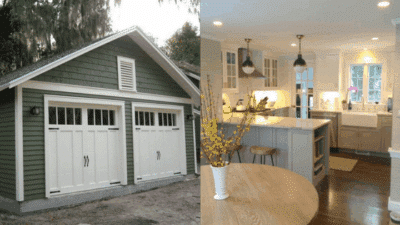
Introduction: Embracing Sustainable Style at Home
Everyone wants a beautiful home—but the shift toward environmentally responsible living means that aesthetics now go hand in hand with sustainability. This article begins by exploring why eco-conscious decor matters and how thoughtful choices can enrich both your space and the planet. In this opening section, readers will gain a clear understanding of the driving trends, compelling statistics, and real-world examples that bring eco-friendly home decor into sharper focus.
The Growing Demand for Responsible Design
Today’s homeowners and designers increasingly ask questions such as what are some eco-friendly options for home decor? This shift isn’t just aesthetic—it reflects deepening awareness: a recent survey reported that 78% of consumers prefer brands committed to environmental responsibility, and 62% of interior designers now prioritize sustainable materials in their projects WifiTalents report. Such trends underscore how sustainability is transforming ordinary decisions—from paint choices to furniture sourcing.
Why Eco-Friendly Decor Matters
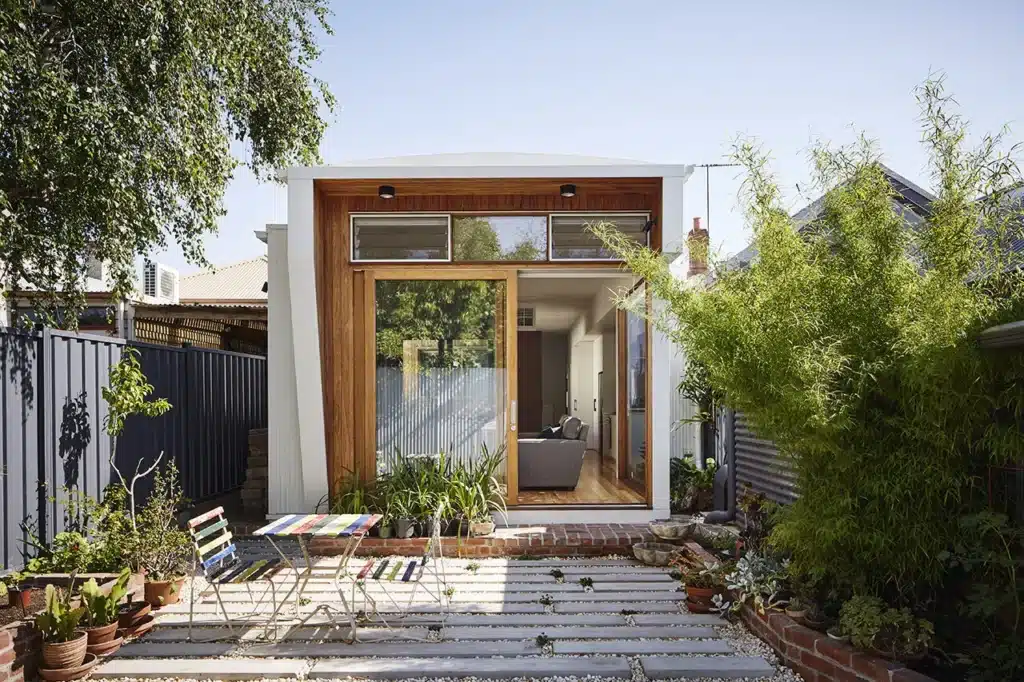
Incorporating eco-conscious materials doesn’t only reduce environmental impact; it improves human health and adds character. For instance, choosing low- or zero-VOC paints significantly enhances indoor air quality—a critical benefit supported by the fact that 85% of designers now use such paints
WifiTalents report. Beyond health, trending elements like reclaimed wood or recycled metal accents bring texture, history, and a unique narrative to living spaces—demonstrating that sustainable decor can be as compelling as it is conscientious.
Real-World Transformations Worth Noting
Bold real-world examples illustrate how sustainability and design intersect. The Macalester College Eco-House in Minnesota, retrofitted with Energy Star appliances, reclaimed materials, and a student-designed edible forest garden, has become a living laboratory and local exemplar of impactful eco-design Macalester Eco‑House. In another domain, designer Robin Wilson has been championing low-VOC finishes in both homes and commercial projects for decades—especially through her widely licensed eco-friendly cabinetry lines, blending functionality with environmental stewardship Robin Wilson (eco‑designer).
From these examples, it’s clear that intentional decor choices—whether low-emission paints, reclaimed furnishings, or ethically sourced textiles—can yield spaces that are as healthy as they are beautiful. Throughout the rest of this article, we’ll explore actionable strategies and specific product ideas to help readers discover truly sustainable style.
Eco-Friendly Furniture Choices
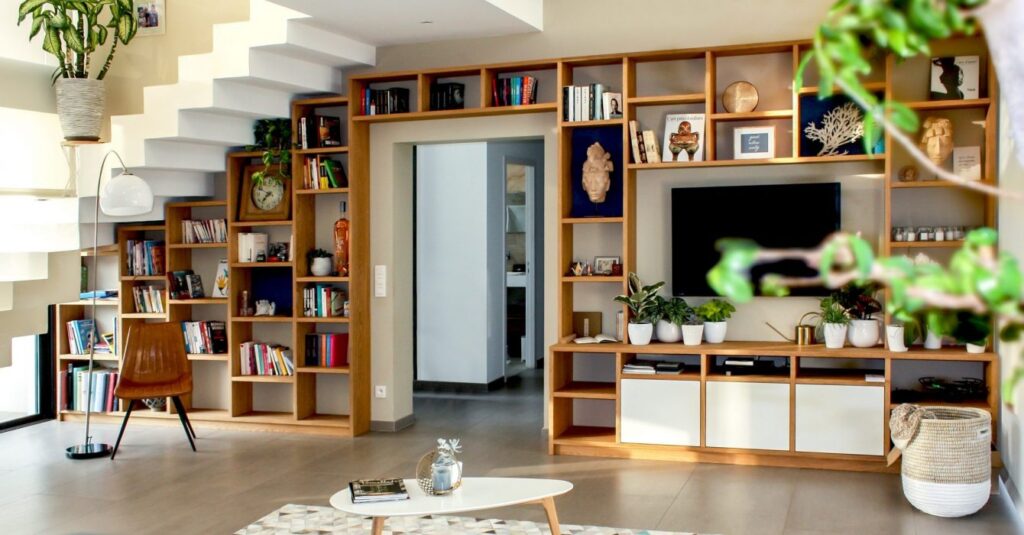
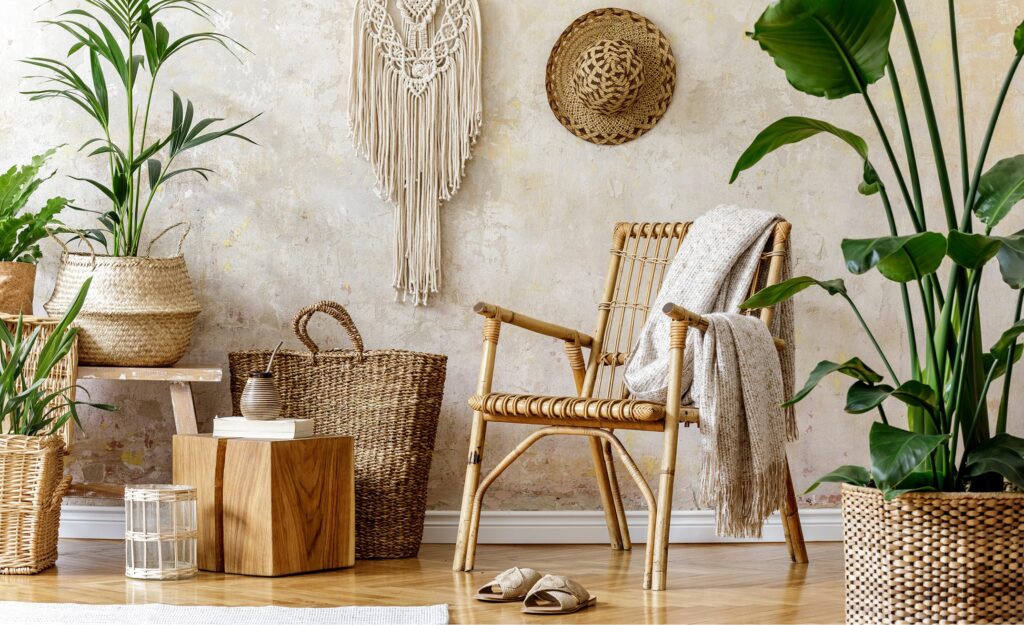
When considering eco-friendly options for home decor, one of the most impactful areas is furniture selection. Opting for sustainably sourced or reclaimed materials can significantly reduce environmental impact. For example, furniture made from reclaimed wood not only prevents deforestation but also adds a unique character to your space, reflecting a story of its past life. According to Greenpeace, using reclaimed materials can drastically cut down the need for virgin resources, thereby preserving vulnerable ecosystems.
Recycled Materials and Upcycling
Many companies are now producing furniture and decor items using recycled materials. For instance, recycled metal and plastic are being transformed into chic, modern furniture designs. Upcycling, an increasingly popular trend, involves repurposing old items into new pieces, reducing waste and energy consumption. A table made from an old door or a chair crafted from a retired whiskey barrel exemplifies these creative and sustainable practices. Upcycling not only offers environmental benefits but also provides unique pieces that evoke personal stories and creativity.
Eco-Certifications and Trust marks

When shopping for furniture and decor, look for eco-certifications that verify the sustainability of products. The Forest Stewardship Council (FSC) certification ensures that wood products come from responsibly managed forests. Similarly, the Global Organic Textile Standard (GOTS) certifies that textiles meet organic standards and exclude harmful chemicals. According to a study conducted by the Roundtable on Sustainable Palm Oil, certifications like these help consumers identify genuine products amidst a marketplace often cluttered with misleading claims.
Actionable Steps for Eco-Friendly Choices
For those new to sustainable living, start by assessing the current furnishings and identifying any items that can be upcycled. Swap out mass-produced furniture for pieces that have a cultural or local significance, supporting local artisans and reducing shipping emissions. Research brands that adhere to eco-friendly practices and prioritize longevity. By integrating these actionable strategies, not only will your home reflect a commitment to sustainability, but it will also embody a deeper sense of purpose and connection to the environment.
In summary, exploring what are some eco-friendly options for home decor unveils a plethora of choices that are not only environmentally responsible but also stylish and meaningful. As consumers become more conscious, embracing sustainable decor presents an opportunity to contribute positively while enjoying the beauty and functionality of thoughtfully crafted spaces.
Responsible Material Choices

One of the most effective ways to integrate eco-friendly options in home decor is by selecting materials that have a minimal environmental impact. Opting for sustainable materials such as reclaimed wood, bamboo, and recycled metals can significantly reduce your carbon footprint. Bamboo, for instance, is not only durable and versatile but also grows faster than traditional timber, making it a renewable resource. Reclaimed wood is another excellent choice, as it lends a rustic charm while preventing unnecessary deforestation.
Natural fibers present another avenue for sustainably decorating your home. Materials like organic cotton, wool, and jute not only offer aesthetic appeal but are also biodegradable. According to a report by Textile Exchange, the use of organic textiles is rising, with a growing number of brands committing to eco-friendly practices. Investing in such materials can support this effort, fostering an industry shift towards sustainability.
Low-impact Paints and Finishes
For those wondering how to make their home decor more eco-friendly, switching to low-impact paints and finishes is a crucial step. Conventional paints often contain volatile organic compounds (VOCs), which can harm both the environment and indoor air quality. Instead, choosing paints labeled as low-VOC or VOC-free ensures a healthier home. Many companies now offer these alternatives, and they perform comparably to traditional paints while contributing less to air pollution.
Innovative finishes, such as natural oils and waxes, are gaining popularity for enhancing wood surfaces without synthetic chemicals. These options not only provide a beautiful sheen but also deepen the wood’s natural tones, adding richness to any room. Additionally, as more consumers demand sustainable choices, these products have become increasingly accessible in mainstream markets.
The growing trend towards eco-friendly homes reflects a broader societal shift. According to a Green Building Advisor report, eco-conscious consumers prioritize environmental impact over cost, influencing a range of industries to adopt greener technologies. This demand encourages companies to innovate, ensuring that responsibly sourced materials and low-impact finishes are available to an ever-widening audience.
Innovative Eco-Friendly Materials
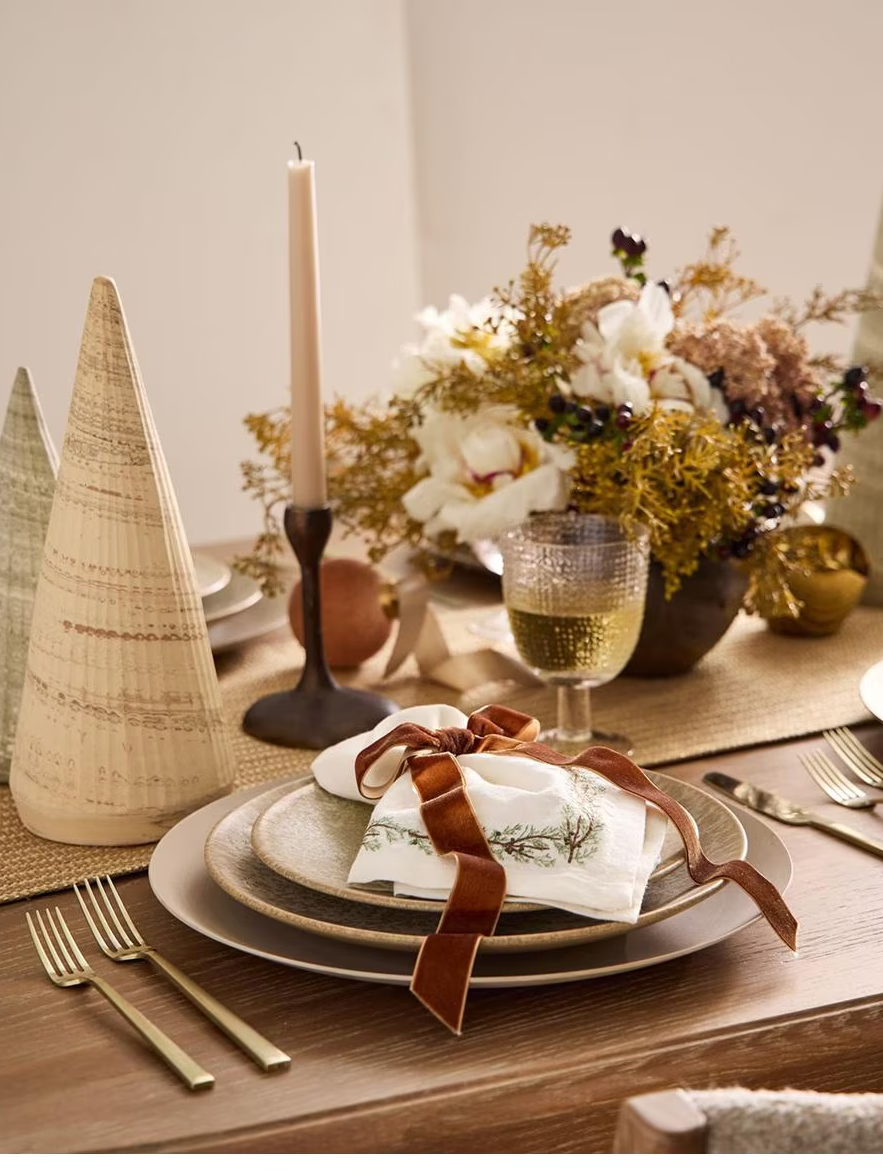


A wave of innovation has introduced an array of materials aimed at sustainability, allowing consumers to choose what are some eco-friendly options for home decor without sacrificing style or quality. Recycled materials are becoming increasingly prevalent in the industry, with products such as rugs made from recycled plastic bottles and textiles woven from repurposed fabrics. For example, companies like West Elm have committed to using materials that minimize environmental harm, offering decor items crafted from sustainably sourced and upcycled components.
Bamboo: A Rapidly Renewable Resource
Bamboo is a prime example of a rapidly renewable resource making waves in eco-friendly home decor. Known for its fast growth and low environmental footprint, bamboo can be found in products ranging from flooring and blinds to furniture and wall coverings. According to a report by Springer Nature, using bamboo in decor not only supports sustainable growth practices but also offers a unique aesthetic appeal, providing a modern yet earthy look.
Cork: Versatility and Charm

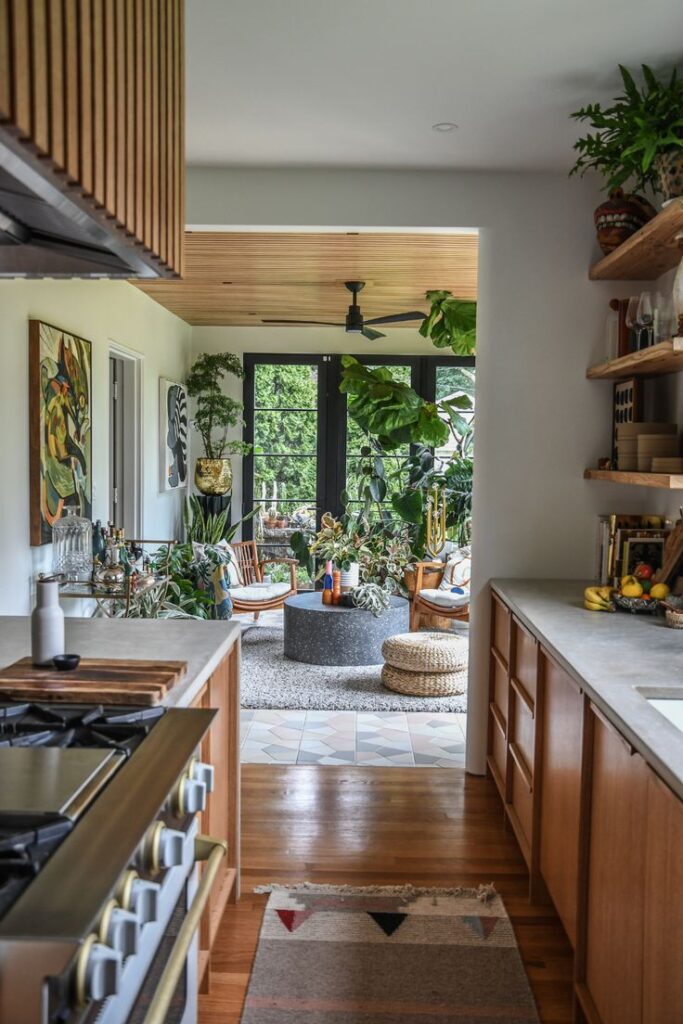
Cork is another excellent option for sustainable home decor. Harvested from the bark of cork oak trees every nine years, the process does not harm the tree, allowing it to continue playing its ecological role. Cork’s unique properties, such as durability, elasticity, and acoustic insulation, make it an ideal choice for various decor elements, including flooring, coasters, and wall tiles. Its distinctive texture adds warmth and character to any space.
Responsible Textiles and Fabrics
Textiles are another area where eco-friendly alternatives shine. Organic cotton, linen, and hemp are increasingly featured in home decor items such as cushions, throws, and curtains. These materials are grown without harmful pesticides and are often processed using low-impact dyes, ensuring minimal environmental disruption. The Global Organic Textile Standard (GOTS) certification, as detailed by Global Standard, guarantees that textiles labeled organic meet rigorous ecological and social criteria.
Incorporating these materials into home decor not only supports a healthier planet but also reflects a commitment to quality and sustainability. By choosing these options, homeowners can contribute to the growing demand for responsible products while enjoying beautiful, well-designed spaces.
Conclusion: Bringing It All Together
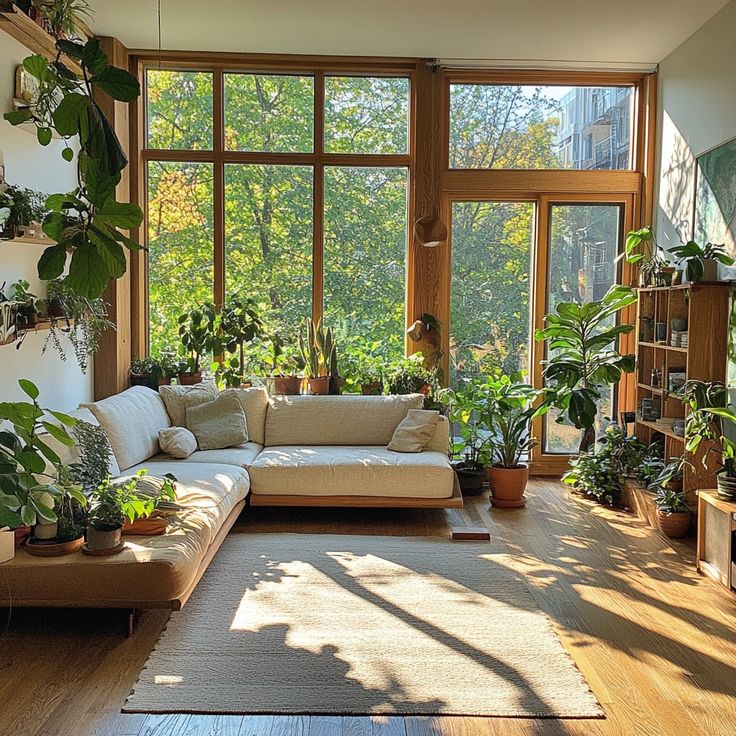

Moving through the world of sustainable design offers not just stylish interiors, but meaningful choices. In asking what are some eco‑friendly options for home decor? you’ve already ventured into a landscape where thoughtful material selection and design philosophy intersect with environmental responsibility. Now, it’s time to synthesize the insights into actionable takeaways.
Key Takeaways and Best Practices
Start by prioritizing materials with documented sustainability credentials. Opt for low‑VOC or zero‑VOC paints to protect indoor air quality, and favor reclaimed wood, recycled glass, or responsibly sourced bamboo for furniture and accents (Times of India on carbon-conscious and toxin‑transparent materials) and (House & Garden Tips on organic textiles and recycled accents). Breaking the cycle of fast decor also means designing with longevity—modular, repairable pieces add flexibility and reduce waste over time (Times of India on circular furniture design).
Implementing Real‑World Solutions
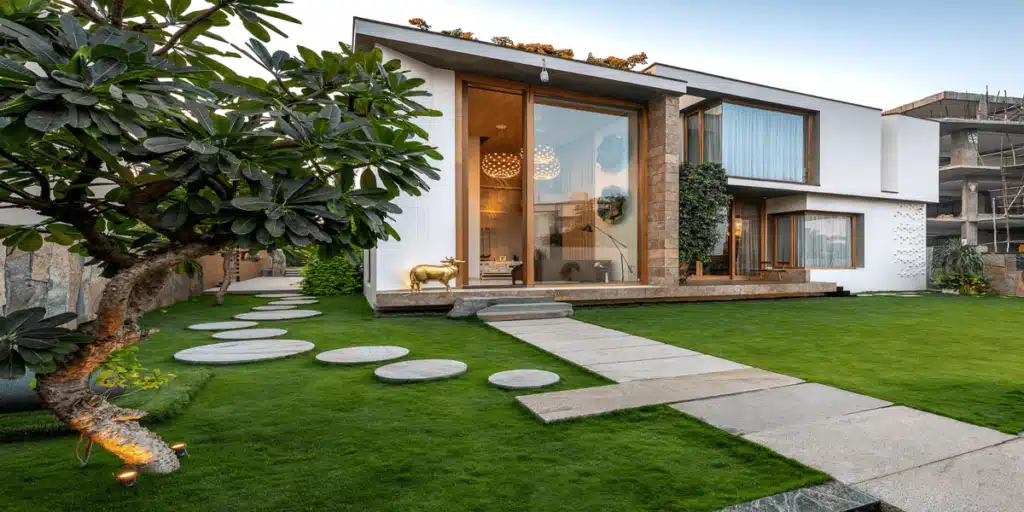
Consider adopting biophilic systems beyond potted plants: living walls or microbial installations actively enhance air quality while providing a lush aesthetic (Times of India on biophilic systems). For DIY-minded homeowners, upcycling offers a creative route—transforming salvaged materials into bespoke decor enhances uniqueness and sustainability (House & Garden Tips on upcycled projects). If energy efficiency matters, use smart lighting, adaptive HVAC systems, and solar‑powered accents to cut energy usage without compromising aesthetic cohesion (Times of India on tech‑light smart homes).
From Insight to Action: Your Next Steps
- Audit current decor: Identify items you can repair, upcycle, or repurpose instead of replacing.
- Source locally: Support regional artisans or brands offering full sustainability disclosures—this reduces transportation emissions and fosters community economy.
- Choose indoor finishes wisely: Replace conventional paints with low‑VOC options, and favor natural, certified materials for flooring, textiles, and finishes.
- Invest in smart systems or solar options designed with subtle aesthetics in mind to elevate both comfort and efficiency.
Final Thoughts and Call to Conscious Living
Creating an eco‑friendly home goes beyond ticking off a trend—it’s about living more deliberately. Your home becomes a canvas for sustainability when every choice reflects care—whether for air quality, carbon footprint, or community. Start small, iterate steadily, and let each intentional decision shape a healthier, more resilient space. Embrace the journey: your environment—and the planet—will thank you.
- 0shares
- Facebook0
- Pinterest0
- Twitter0


